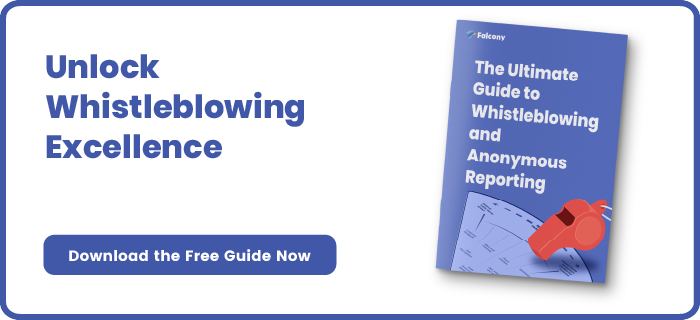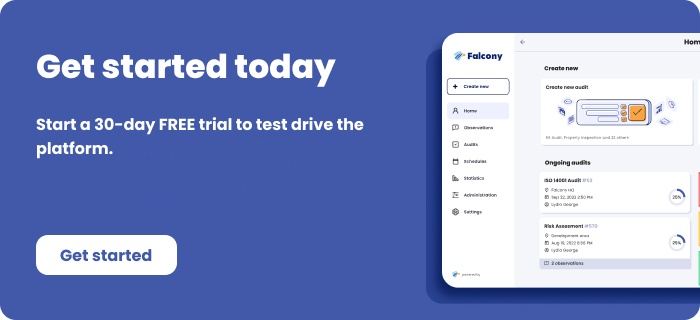13 Types of Safety Incidents in Summer Camps
Summer camps are meant to be safe places where children grow in confidence, build friendships, and experience the outdoors.
But even the most picturesque settings can harbour hidden dangers — not unlike the classic horror films set in remote woodland cabins.
While we’re not expecting a masked villain in the woods, camps do face very real safety threats. Below are 13 incident types that every camp operator should watch for — and plan against — to ensure a summer filled with joy rather than jeopardy.
Trips, Slips and Falls
In wooded paths, wet grass, or bustling cabins, falls are the most common incidents at camps — and they can happen in a blink.
Risk factors include:
-
Poorly maintained trails and flooring
-
Running in wet or cluttered areas
-
Inadequate footwear for outdoor terrain
Preventive tip: Regular inspections and safety briefings before hikes or sports can reduce these risks significantly.
Heat-Related Illnesses
A long day under the sun can be more dangerous than it looks — dehydration and heatstroke are stealthy and serious.
Watch for:
-
Dizziness, confusion, flushed skin
-
Excessive sweating or, worryingly, none at all
-
Muscle cramps or vomiting
Action: Hydration protocols and heat index monitoring should be standard practice in camp schedules.
Water-Related Incidents
Lakes and pools offer summer fun — but they're also high-risk areas. Drowning is silent and quick.
Best practices:
-
Lifeguards present and alert
-
Life jackets required for boating or weak swimmers
-
Structured swim testing and supervision
Lost or Missing Campers
Even temporary disappearances can cause panic. Poor supervision or unclear boundaries often play a role.
Avoid this nightmare by:
-
Conducting regular headcounts
-
Using buddy systems
-
Clearly marking perimeters and trails
Respond fast: Have a documented search-and-alert protocol in place.
Food Allergies and Anaphylaxis
A seemingly innocent snack can trigger a medical emergency — especially when staff are unaware of a camper’s condition.
Preventive actions:
-
Maintain allergy profiles for every camper
-
Ensure epinephrine (EpiPens) are accessible
-
Train staff in recognising and responding to reactions
Fires and Burns
Whether it’s a glowing campfire or a hot metal pot, burns are a serious risk — and fires can spread quickly in natural settings.
Burn risks include:
-
Sunburn
-
Mishandling lanterns, stoves, or firepits
Fire prevention includes:
-
Supervised fire activity only
-
Fire extinguishers and blankets nearby
-
Enforcing “no unattended flames” policies
Behavioural and Emotional Incidents
Camps can amplify behavioural issues such as bullying, aggression, or anxiety. These are just as critical as physical hazards.
Prevention involves:
-
Setting expectations early
-
Monitoring group dynamics
-
Having trained staff to manage conflict or distress
Insect Bites and Animal Encounters
From tick bites to snake sightings, camps are full of natural wildlife — and sometimes, it bites back.
Protect campers by:
-
Applying insect repellent regularly
-
Encouraging long clothing during hikes
-
Teaching campers to avoid and report wildlife sightings
Cuts, Lacerations, and Sharp Objects
Crafting, hiking, or sports can all lead to sharp injuries — not quite cinematic, but still serious.
Reduce these risks by:
-
Supervising tool use and DIY activities
-
Equipping first aid kits near high-risk areas
-
Replacing damaged or unsafe equipment
Vehicle and Transport Incidents
Camps often involve travel — to field trips, lakes, or airports. Transport incidents, though rare, can be severe.
Preventive measures:
-
Hire vetted transport providers
-
Ensure functioning seatbelts and emergency exits
-
Keep a detailed transport log and itinerary
Chemical Exposure
Cleaning fluids, fuel for lanterns, or insecticides can cause poisoning or skin reactions if mishandled.
Risk mitigation includes:
-
Storing chemicals securely and away from camper areas
-
Labelling all substances clearly
-
Training staff in safe handling procedures
Equipment Failures
Poorly maintained gear — from zip lines to tents — can lead to injuries, especially during high-intensity activities.
Maintenance plan should include:
-
Regular inspections of all outdoor gear
-
Immediate removal of damaged items
-
Staff checks before activity use
Infectious Disease Outbreaks
Cabin fever takes on new meaning when illness spreads. Communal living increases the risk of contagious outbreaks.
Control protocols:
-
Promote regular handwashing and hygiene
-
Isolate anyone showing symptoms
-
Clean shared surfaces and bedding frequently
Conclusion - Safety Shouldn’t Be a Horror Story
Although the setting might resemble a film location — cabins, woods, flickering lanterns and misty lakes — a well-managed summer camp is far from the chaos depicted in horror stories. In fact, it should be the opposite: a place where safety is not just assumed, but actively protected through planning, awareness, and preparation.
To summarise, all camps should:
-
Conduct detailed risk assessments for all activities
-
Provide comprehensive staff training in first aid, safeguarding, and emergency procedures
-
Maintain suitable staff-to-camper ratios
-
Implement digital systems for incident logging and communication
-
Regularly review and update emergency contact protocols
Risk management, incident reporting tools, and regular staff training are the difference between an ordinary mishap and a preventable crisis.
If you're looking for a platform to manage any and all types of risks, we've got you covered. Falcony | Risks is easy-to-use, boosts two-way communication, has customisable workflows, automated analytics, vast integration possibilities and more. Start your 30-day trial or Contact us for more information:
We are building the world's first operational involvement platform. Our mission is to make the process of finding, sharing, fixing and learning from issues and observations as easy as thinking about them and as rewarding as being remembered for them.
By doing this, we are making work more meaningful for all parties involved.
More information at falcony.io.

Related posts
Why Most Incident Reporting Systems Fail In Universities ?
There are a number of barriers to successful incident reporting at universities. Many workplaces...
6 ways to Engage Students in Incident Reporting
Student incident reporting can be an incredibly effective way of bringing about change in important...
16 Incidents every University and School should be reporting
University incident reporting, as well as school incident reporting, are critical for the...








